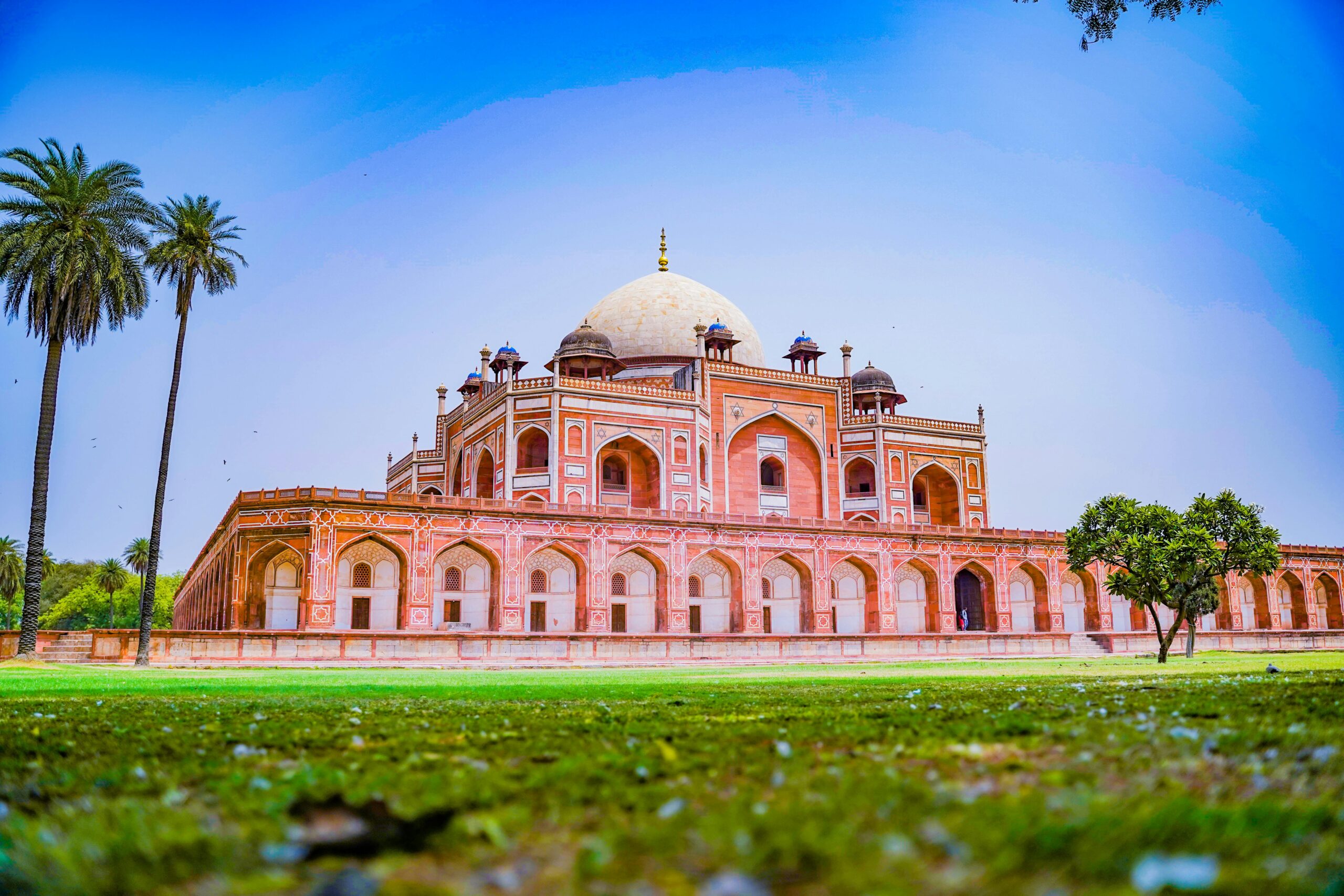India, a country rich in history and diversity, has its political and administrative heart in New Delhi, the capital city. Here’s a quick look at what makes New Delhi so important.
Historical Background
New Delhi officially became the capital of India in 1931, replacing Kolkata (then called Calcutta), which had served as the capital under British rule. The decision to shift the capital was made to place the seat of power in a more central location.
Who Designed It?
The city was planned and designed by two British architects, Sir Edwin Lutyens and Sir Herbert Baker. Their vision was to create a modern city that reflected the strength and order of the British Empire, with wide roads, green spaces, and grand buildings.
Political Significance
New Delhi is the home of all three branches of the Indian government:
- The Executive (Rashtrapati Bhavan – the President’s residence)
- The Legislature (Parliament House)
- The Judiciary (Supreme Court of India)
It is also the place where major national decisions are made, and key political events take place.
Cultural and Historical Landmarks
Apart from politics, New Delhi is rich in culture and history. Iconic landmarks like the India Gate, Lotus Temple, and Qutub Minar are located here. The city is a blend of ancient traditions and modern lifestyles.
Conclusion
New Delhi is more than just the capital of India. It’s a symbol of the nation’s unity, power, and heritage. With its unique mix of politics, culture, and history, it plays a central role in shaping India’s identity both at home and abroad.



